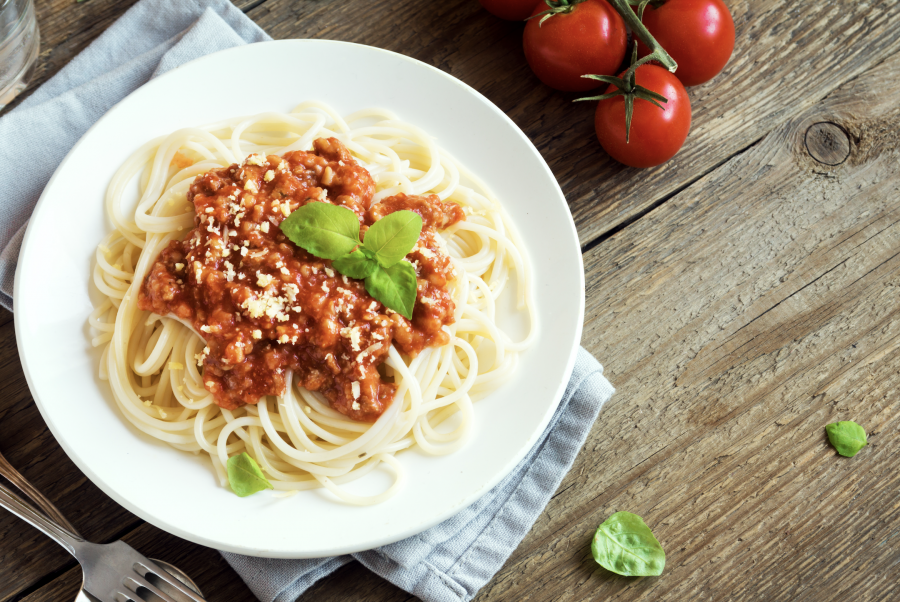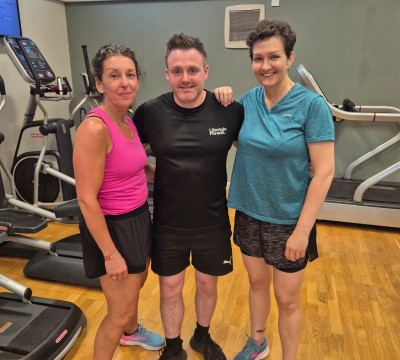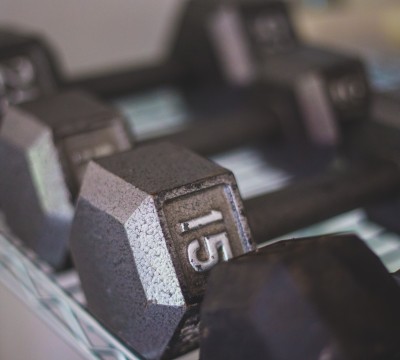It seems like fitness trends over the past few years are moving towards counting macros over counting calories. While it is important to have an understanding of your caloric intake, macros could actually give you more insight into how you can best fuel your body.
So, what are macros? Macros, or macronutrients, are the three primary components of food that give your body what it needs. These three macronutrients are protein, carbohydrates, and fats. When it comes to achieving your fitness goals and maintaining a healthy diet, each of the three has a unique role to play.
Protein
This seems to be everyone’s favourite macro when it comes to fitness! And we will tell you why. Protein has only 4 calories per gram, making it the most satiating of the three macronutrients. Experts say you should aim for 1-1.5 grams per kilo of bodyweight if you have a fairly active lifestyle. For example, if you weigh 60kg and have a desk job, but manage to get out for daily walks and exercise a couple of times per week, you might need anywhere between 60-90 grams of protein per day. This is very individual, and may change completely based on how intense your exercise is, how much sleep you are getting, as well as other factors; however, this can serve as a framework to get you started. Examples of good quality protein sources include meat, fish, eggs, tofu, tempeh and greek yoghurt.
Carbohydrates
Everyone loves to hate on this macronutrient, but really it is perhaps the most vital of all three. Carbohydrates have 9 calories per gram, but that is not to say you should skimp on the carbs! Fad diets will be quick to cut carbs, but your body literally needs them to function properly. Generally speaking, this macronutrient should make up the largest percentage of your daily caloric intake. However, it is important to note that there is a difference between simple carbohydrates and complex carbohydrates. For simple, think sugars, white pasta/bread and white potatoes. For complex, think sweet potatoes, brown rice, and wholewheat pasta. Focusing on complex carbs will keep you fuller for longer, as they take a bit longer for your body to break down. Other examples of healthy carbs are actually fruits and vegetables, so make sure you are getting plenty of those in your diet as well!
Fats
Finally, we have fats. Although at times this has been a controversial macro (hello 90s low fat diets!) experts have now made it clear that your body needs fats to function properly, particularly your brain. People tend to think that fats make you fat. However, it is really eating more calories than your body needs for an extended period of time, but that’s a blog for another time. Fats also contain 9 calories per gram, and generally speaking this should make up the lowest percentage of your daily intake. Some examples of good healthy fats include nuts and seeds, avocado, cheese (this can also be a good protein source) and olive/coconut/avocado/sesame oils.
Practical tips:
- When making a meal, try to make sure each macronutrient is represented on your plate. This could be eggs for protein, avocado for healthy fats and wholewheat toast for some complex carbs. This is a great tactic if you don’t want to count or track.
- If you do want to track, there are plenty of apps and resources out there to help you figure out what works best for your body.
- Finally, to get the most individualised macro/calorie information, it is recommended to work with a nutritionist or a registered dietitian. They will be able to provide you with a bespoke strategy based on your body and your goals.




